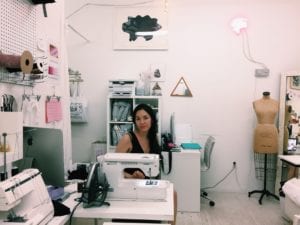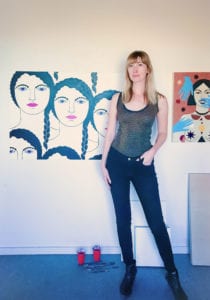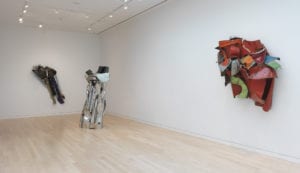Are you looking for one-of-a-kind artwork that empowers artists and their community? Well look no further. We recently came across ArtLifting, an organization that sells art created by artists who are facing homelessness or disabilities. Liz Powers started the organization in 2013 to offer artists the chance to secure their income by selling their original artwork. ArtLifting makes sure that every artist keeps 55% of the profit for each sale. The social enterprise has successfully helped more than 115 artists to find homes and means to live. We chatted with Powers to discuss her journey with ArtLifting, her most memorable memories in homeless shelters, and her current collaboration with Leesa Dream Gallery in SoHo, NY.
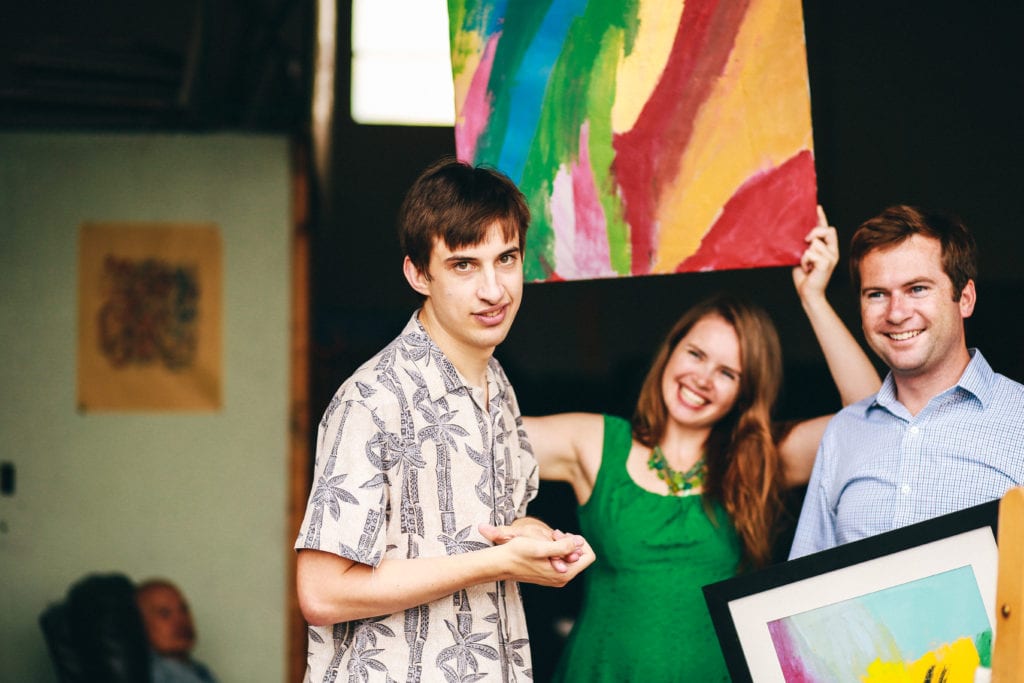
AZ: What is your background and what role does art play in your life?
LP: I’ve worked with individuals facing homelessness for the past ten years. My job used to be running art groups in shelters. In 2013, I started ArtLifting, an organization that empowers artists facing homelessness and disability through the sale and celebration of their artwork. Selling art created by artists impacted by homelessness and disability is my profession, but art is a tool that I use to relax.
AZ: What are some of the most memorable memories working in art therapy groups and homeless shelters?
LP: One of the most memorable moments was December 2010. Several of the women in the art groups that I ran made me holiday presents, like handmade earrings, other crafts or jewelry. It meant a lot because even though several of the women were facing huge challenges, like homelessness or domestic violence, they still had the capacity to give.
AZ: Favorite artists?
LP: I love Edward Hopper. His use of white and portrayal of division within society is breathtaking.
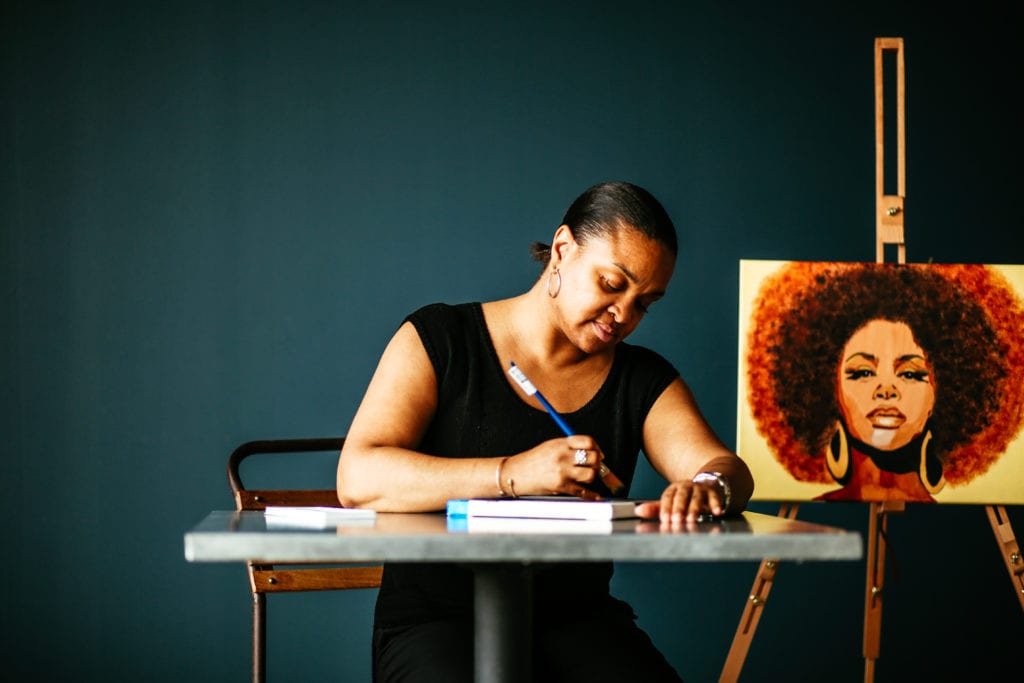
AZ: Walk us through the process of selecting artists at ArtLifting?
LP: Artists have to not only fit our mission, but also our curatorial standards. First, artists apply with a written application and images of their artwork. If the artist fits our mission, then our curatorial team reviews the artwork to decide which pieces if any are a good fit for ArtLifting.
AZ: Besides providing financial assistance, how has ArtLifting empowered artists facing homelessness and disability, as well as their communities?
LP: ArtLifting has not only helped artists earn much-needed income, but has been a confidence boost. For the last ten years, I have repeatedly heard, “Liz, everyone defines by the negative.” Clients told me they were defined for being homeless or in a wheelchair. By flipping this concept on its head, and defining people by the positive rather than the negative, we are not only changing the artists’ lives but also changing perceptions. Now people hearing our artists’ stories know about what people with disabilities CAN DO rather than defining them by what they can’t do.
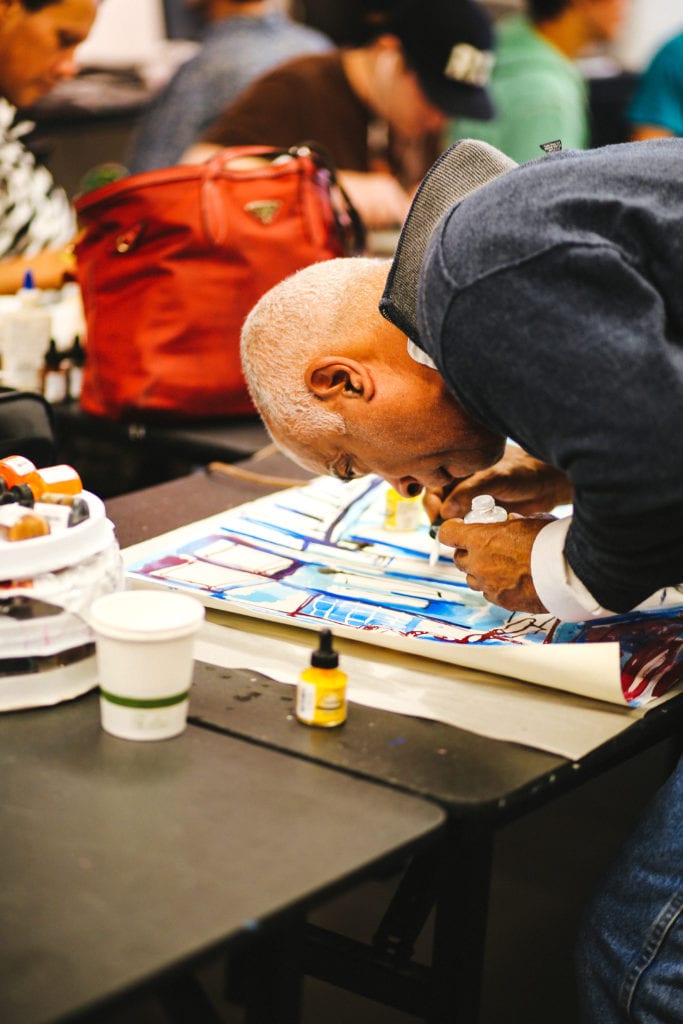
AZ: Share with us your experience from ArtLifting’s collaboration with Leesa Dream Gallery in SoHo, NY.
LP: Leesa has been so incredible to work with. They are a benefit corporation, a for-profit for-purpose company like us, and give back in mo many ways. When David Wolfe, the CEO of Leesa, approached me with the idea of reinventing the concept of a mattress store and transforming it into a gallery, I was over the moon excited. Our artists have been so proud to know their artwork is hanging in a gallery in SoHo. Local artists faces have beamed with excitement when they’ve had the chance to see their work in such a beautiful setting first hand.
AZ: What is the best piece of business advice you’ve gotten?
LP: Work smarter, not harder. My mom has always said that to my brothers and I throughout our lives. The simple praise has helped me keep track of what’s most important. As an entrepreneur, I often have a million ideas buzzing through my mind, and going back to this phrase helps me prioritize what will have the biggest impact on our artists.
AZ: Is ArtLifting considering the possibility of expanding globally?
LP: Yes, eventually! But we’re uber focused on expanding nationally first.
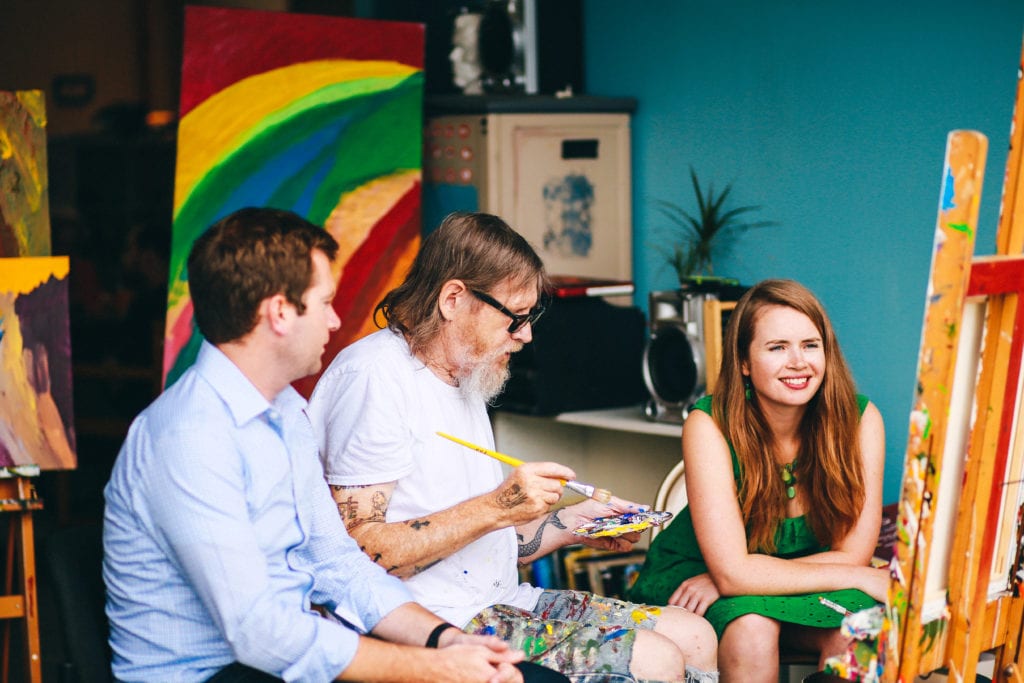
AZ: One piece of advice to young people who want to make a difference?
LP: Listen often. Don’t create an idea in a vacuum. Instead, listen to the key stakeholders to ensure that you are solving a problem that actually exists.
all images // courtesy of ArtLifting

